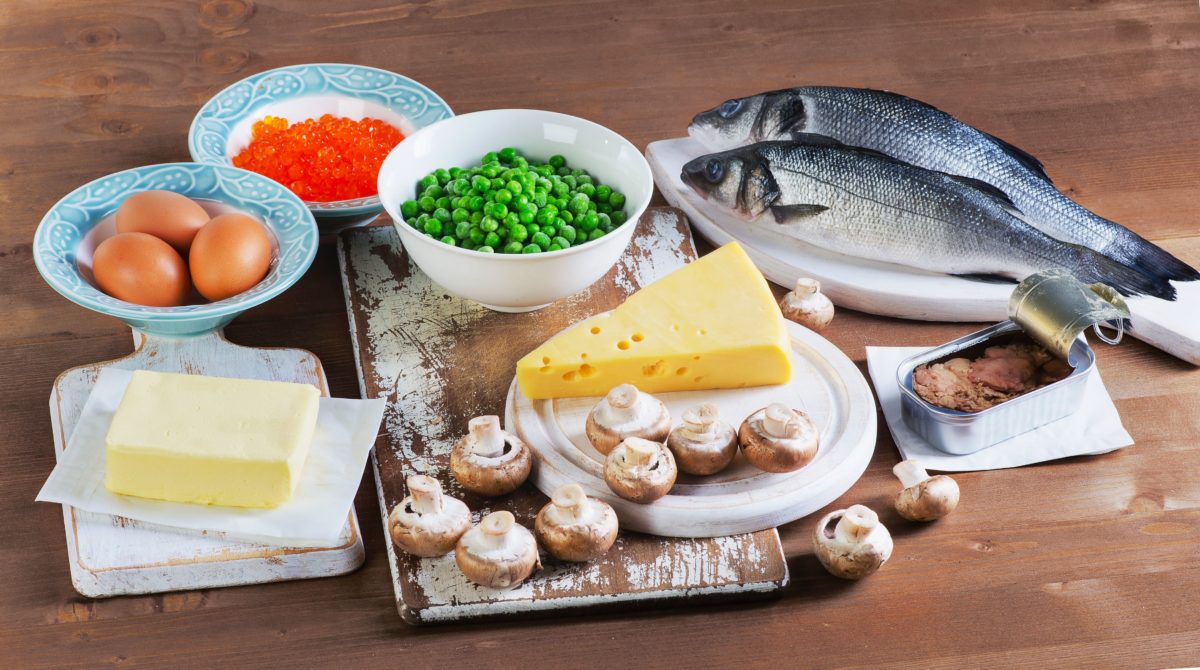It’s warming up all over the country, and that means getting out with our family and friends and enjoying some much needed fun in the sun.
Aside from the enjoyment we get from being outdoors, exposure to the ultraviolet (UV) rays of the sun is vital for our bone health. Sunlight is the best source of vitamin D, which helps our body absorb calcium.
But we need to balance our desire to be outdoors and getting our daily dose of vitamin D, with protecting ourselves against sunburn, skin cancer, photosensitivity and flares.
So let’s explore each of these issues and look at how to stay safe this summer.
Sunburn and skin cancer
We all know the ‘slip, slop, slap’ message and the importance of protecting ourselves from the harsh Australian summer sun. After all the sun’s ultraviolet radiation is the major cause of skin cancer and we have one of the highest rates of skin cancer in the world.
And yet we compliment people when they return from a holiday on how tanned they look. For some reason we associate tanned skin with good health.
However the Cancer Council advises us that “there is no such thing as a safe tan…tanning is a sign your skin cells are in trauma.”
So protecting our skin is vital, but we still need some exposure to the sun to produce vitamin D.
You can do that safely by exposing your hands, face and arms to the sun most days. But you’ll need to take into account factors such as where you live, the time of the year and the complexion of your skin. They all affect how long you can be exposed to the sun safely. Health Bones Australia has developed a chart to help you work this out.
As well as the length of time to expose your skin, you also need to know the safest time of the day to do so. Whenever the UV index reaches 3 and above, most people need to use sun protection.
You can check your local UV Index by visiting the Bureau of Meteorology website or downloading the SunSmart app.
Photosensitivity and flares
Exposure to the sun can be an issue for many people with conditions such as lupus, dermatomyositis and Sjogren’s disease. Sun exposure can cause rashes, lesions and flare ups.
Some medications used to treat musculoskeletal conditions such as rheumatoid arthritis, as well as other, more general medications, can also cause your skin to be sensitive to sunlight. This includes antibiotics, disease modifying anti-rheumatic drugs (such as methotrexate), non-steroidal anti-inflammatory drugs (such as diclofenac and ibuprofen), antidepressants and oral contraceptives.
So that sucks. Especially when you’re gazing out your window at a lovely summery day.
The good news is you can enjoy the sun despite all of this
There are lots of things you can do to enjoy the sun safely, without risking your skin. And most of the things you do to protect your skin from sunburn and skin cancer, will also help prevent photosensitivity and rashes.
- Embrace sunscreen! It’s your new best friend. Make sure it’s broad spectrum – this means it protects against both UVA and UVB rays – and that it has a Sun Protection Factor (SPF) of 30 or higher.
- Slather it on. We really don’t use enough sunscreen. The Cancer Council advises that we need to apply it 20 minutes before we go outside. And that we use about a teaspoon for EACH arm, leg, front of our body, back of our body, as well as our face (including lips, neck and ears). That works out to be seven teaspoons of sunscreen. And you need to reapply at least every two hours. Find out more from the Cancer Council.
- If you wear makeup, apply your sunscreen before you moisturise and put on makeup.
- Choose your summer clothing and hats carefully. Not all fabric provides the same sun protection. To block more of the sun’s rays, choose clothing that has a thick, dark fabric with a tight weave and covers most of your skin, especially when the UV levels are high. Make sure your hat shades your whole face, neck, ears and head. Broad-brimmed hats with a brim of at least 7.5cm provide excellent protection.
- Seek out the shade. Make sure you have places to go where you can retreat from the sun.
- Keep a sun umbrella handy – or be fancy and use a parasol – just in case you’re out in the sun unexpectedly or shady places are hard to find.
- Try to stay out of the sun when UV levels are high (check your SunSmart app or BOM).
- Avoid highly reflective surfaces such as sand or water.
- Talk with your doctor about your medications if you think they’re making you photosensitive. You may be able to use an alternative medication.
- Don’t forget your sunglasses. We also need to protect our eyes from the UV rays, as the sun can cause serious eye damage. So make sure you grab your sunnies before heading out the door.
- During warmer weather, you should also ensure that you drink plenty of water to stay hydrated.
As the mercury soars, summer presents us all with a number of challenges, but also a lot of great times.
Remember to pace yourself, stay well hydrated and protect yourself by following the simple rules of slip, slop, slap, seek, slide. Most importantly, make the most of our warmer weather and enjoy it!
Call our Help Line
If you have questions about things like managing your pain, your musculoskeletal condition, treatment options, or accessing services, be sure to call our friendly team. They’re available weekdays between 9am-5pm on 1800 263 265; email (helpline@muscha.org) or via Messenger.
More to explore
- Autoimmune disorders and the importance of safe sun protection
Arthritis Foundation (USA) - Calcium and vitamin D
Musculoskeletal Australia - MyUV
Cancer Council - Rheumatoid arthritis medications and sun exposure: What your patients should know
Rheumatology Advisor - Sunshine safety: Should you soak it up or block it out?
Arthritis Foundation (USA) - Why sun protection is so important for patients with autoimmune diseases
Johns Hopkins Rheumatology










